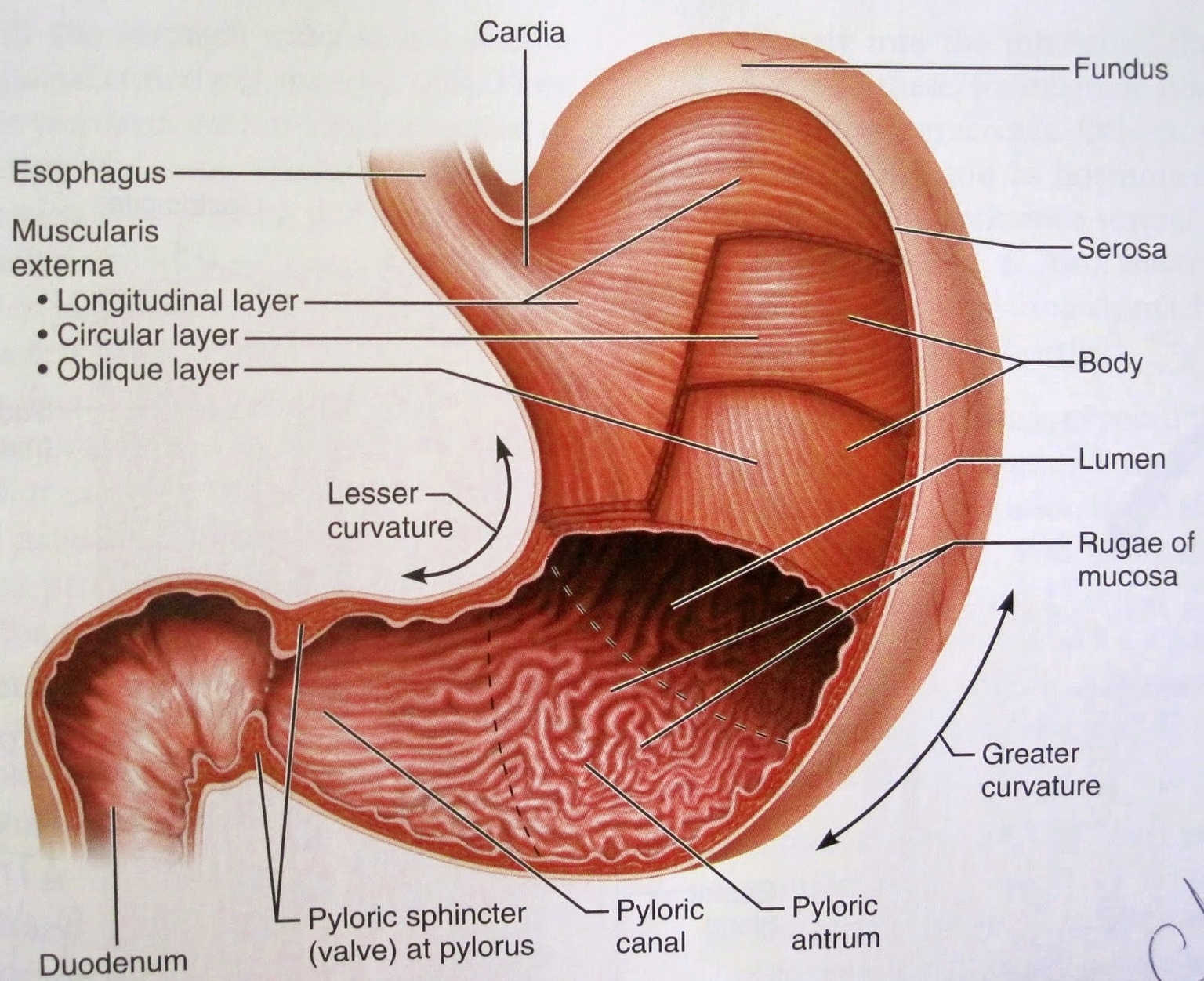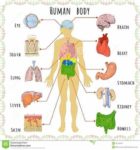Human Stomach Anatomy
The human stomach is a complex organ that plays a crucial role in the digestive system. It is primarily responsible for the breakdown of food and the absorption of nutrients into the body.
Location and Structure
The stomach is located in the upper abdomen on the left side of the body. It is a J-shaped organ that connects the esophagus with the duodenum. The top of the stomach connects to a valve called the esophageal sphincter, a muscle at the end of the esophagus.
The stomach is divided into four sections: the cardiac region, the fundus, the body, and the pylorus. Each of these sections has a specific role in the digestion process.
Function
The primary function of the stomach is to digest food and send it to the small intestine. It temporarily stores food, contracts and relaxes to mix and break down food, and produces enzymes and other specialized cells to digest food.
Digestive Process
The digestive process begins in the mouth, where food is chewed and swallowed. The food then travels down the esophagus and into the stomach, where it is broken down by digestive juices. Once the food has been broken down, it is passed into the small intestine, where nutrients and water are absorbed. The waste products of digestion are then expelled through the large intestine.
Blood Supply and Innervation
The stomach receives its blood supply mainly from the celiac trunk. Innervation is provided via the vagus nerves and the celiac plexus.
Microscopic Anatomy
The stomach is lined by a mucous membrane that contains glands with chief cells. These cells secrete gastric juices that aid in the digestion of food.
Conclusion
The human stomach is a vital organ in the digestive system. Its complex structure and function allow it to efficiently break down food and absorb nutrients, contributing to overall health and well-being..


